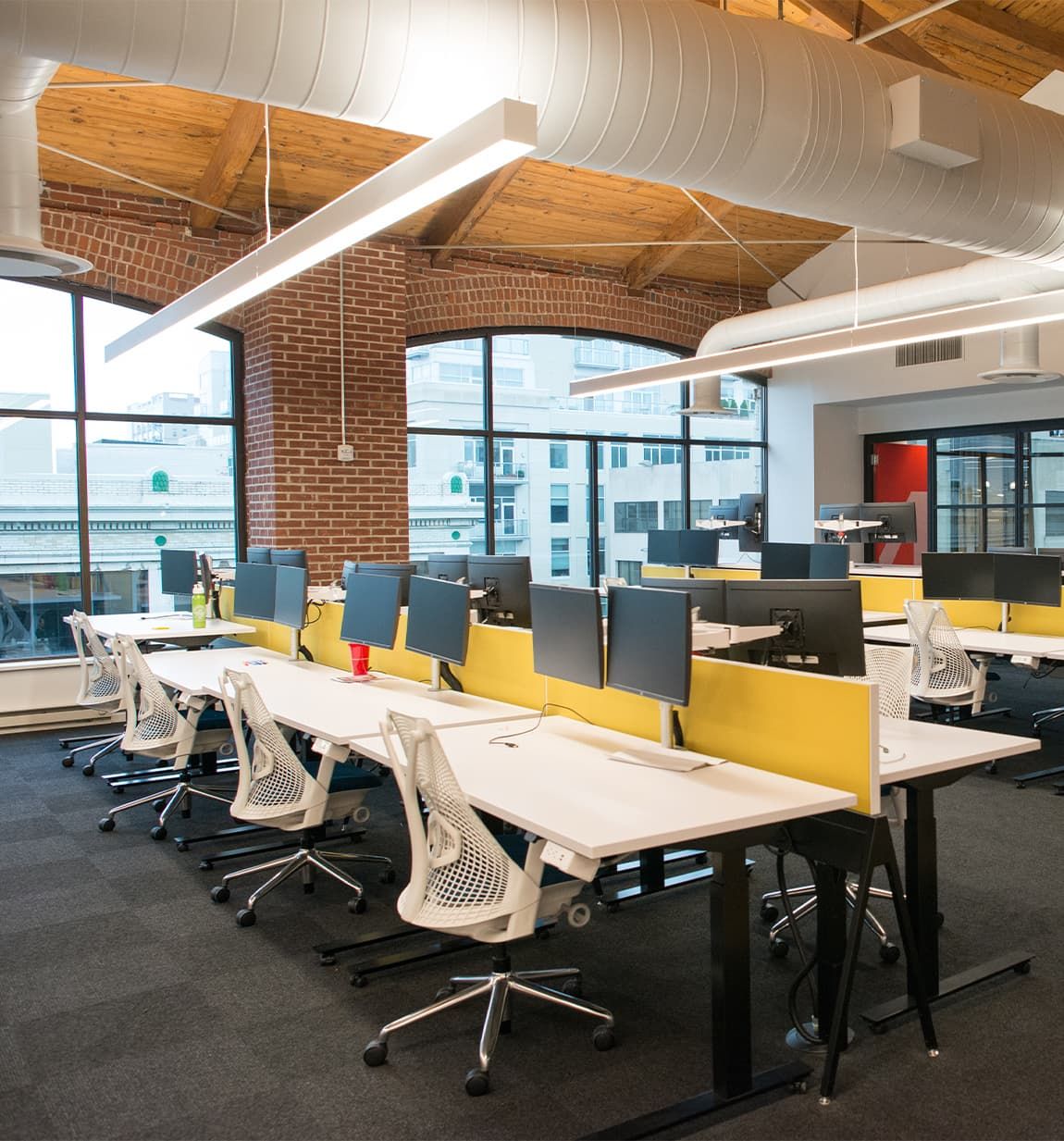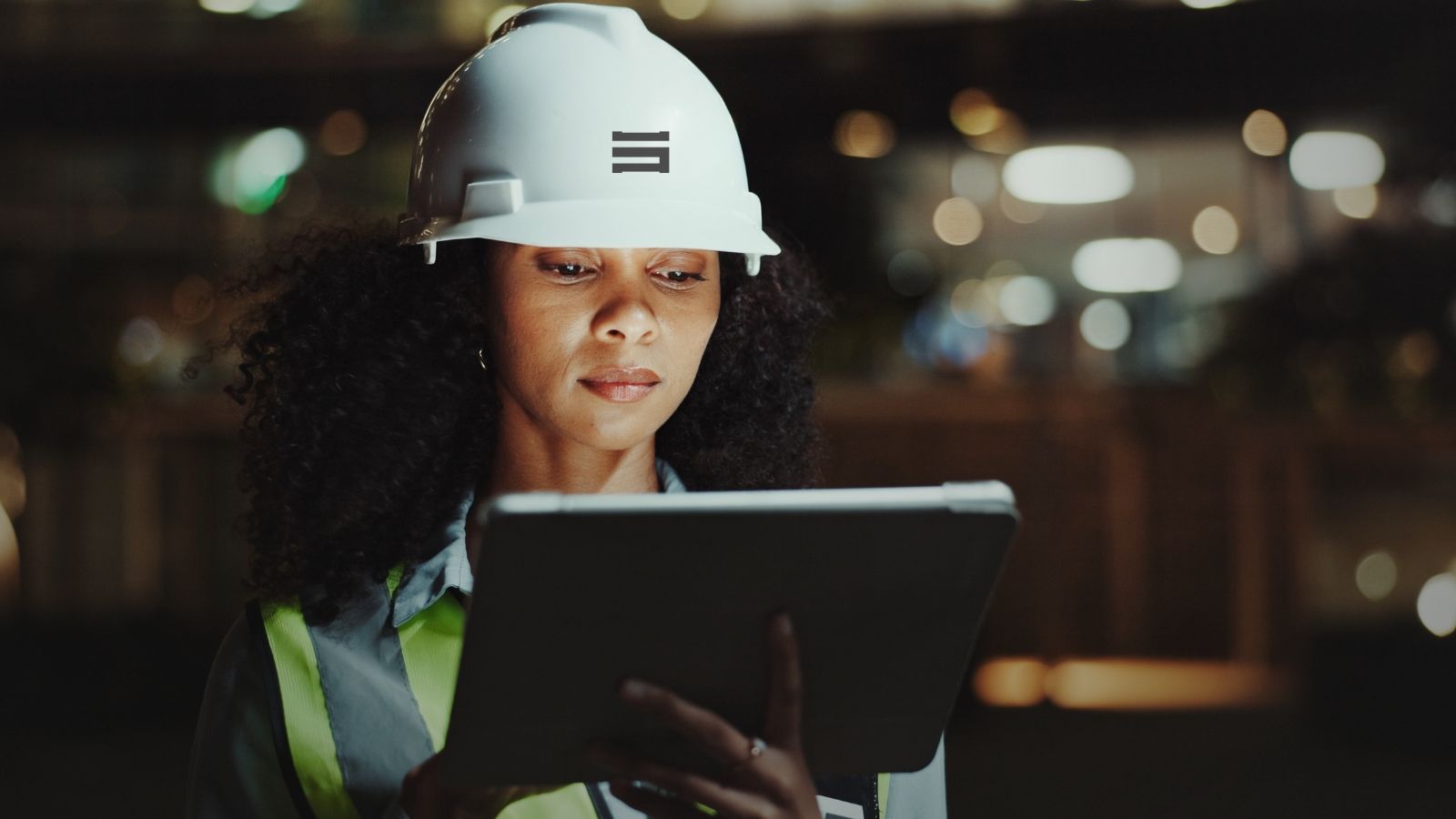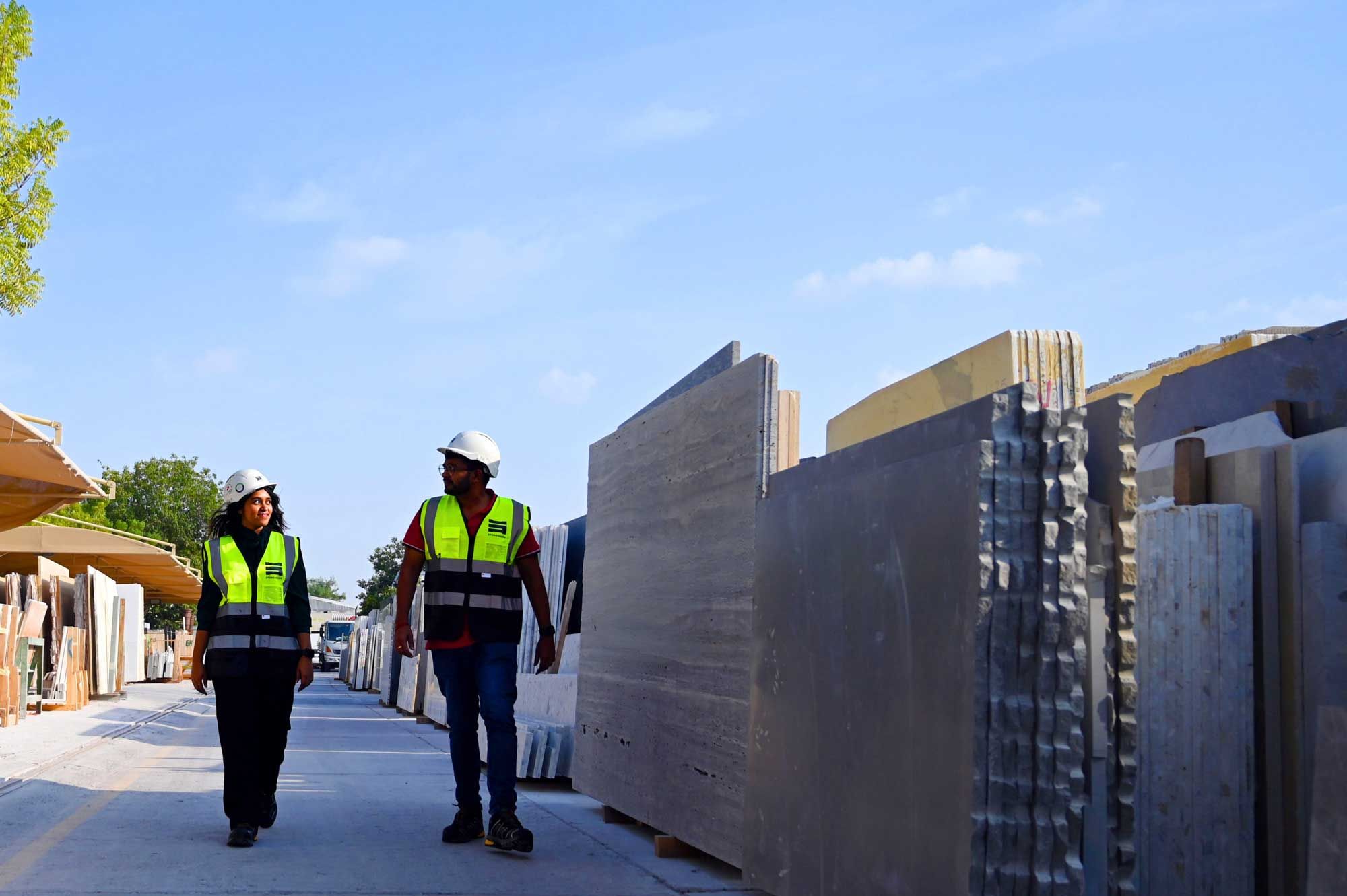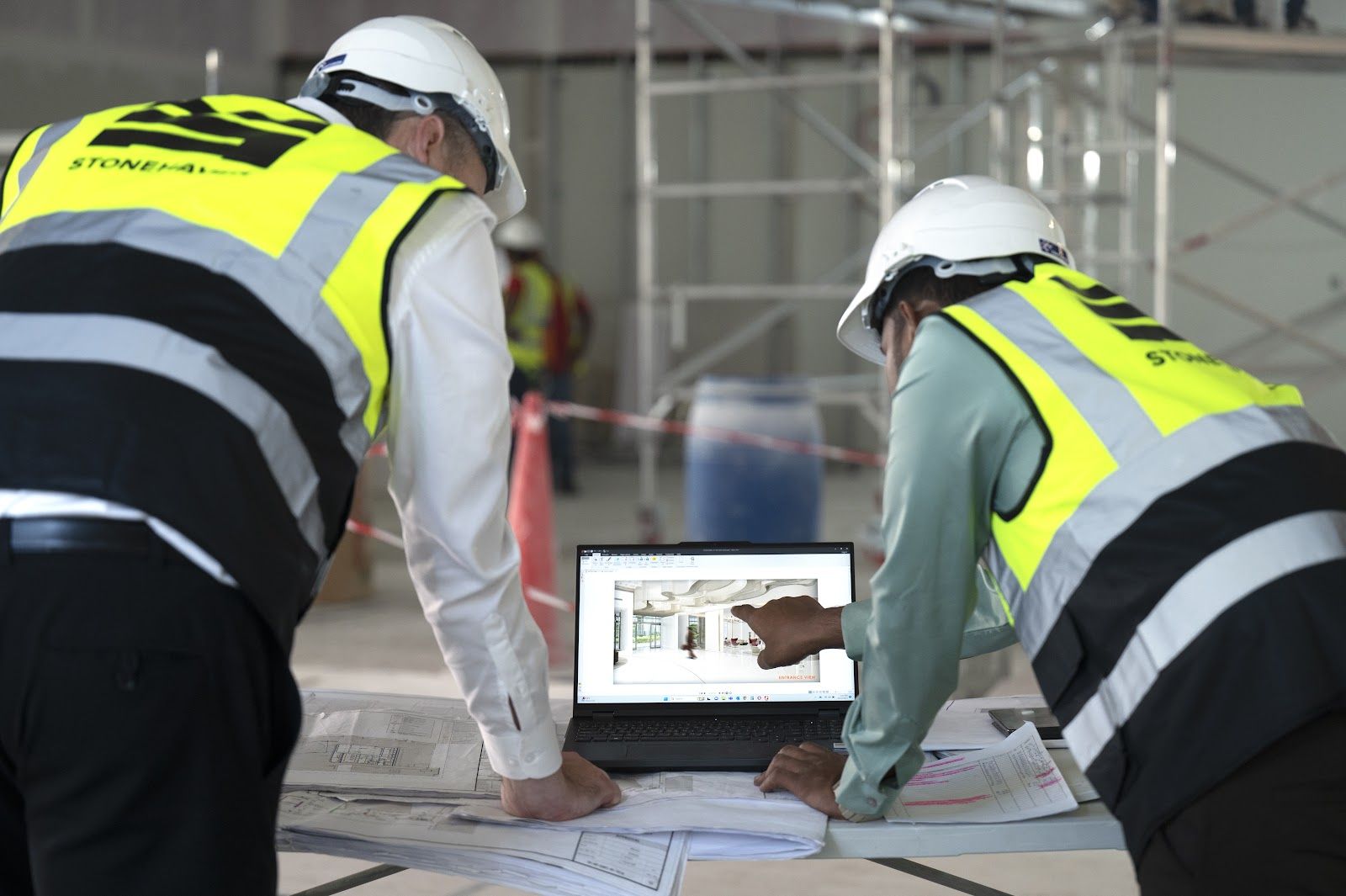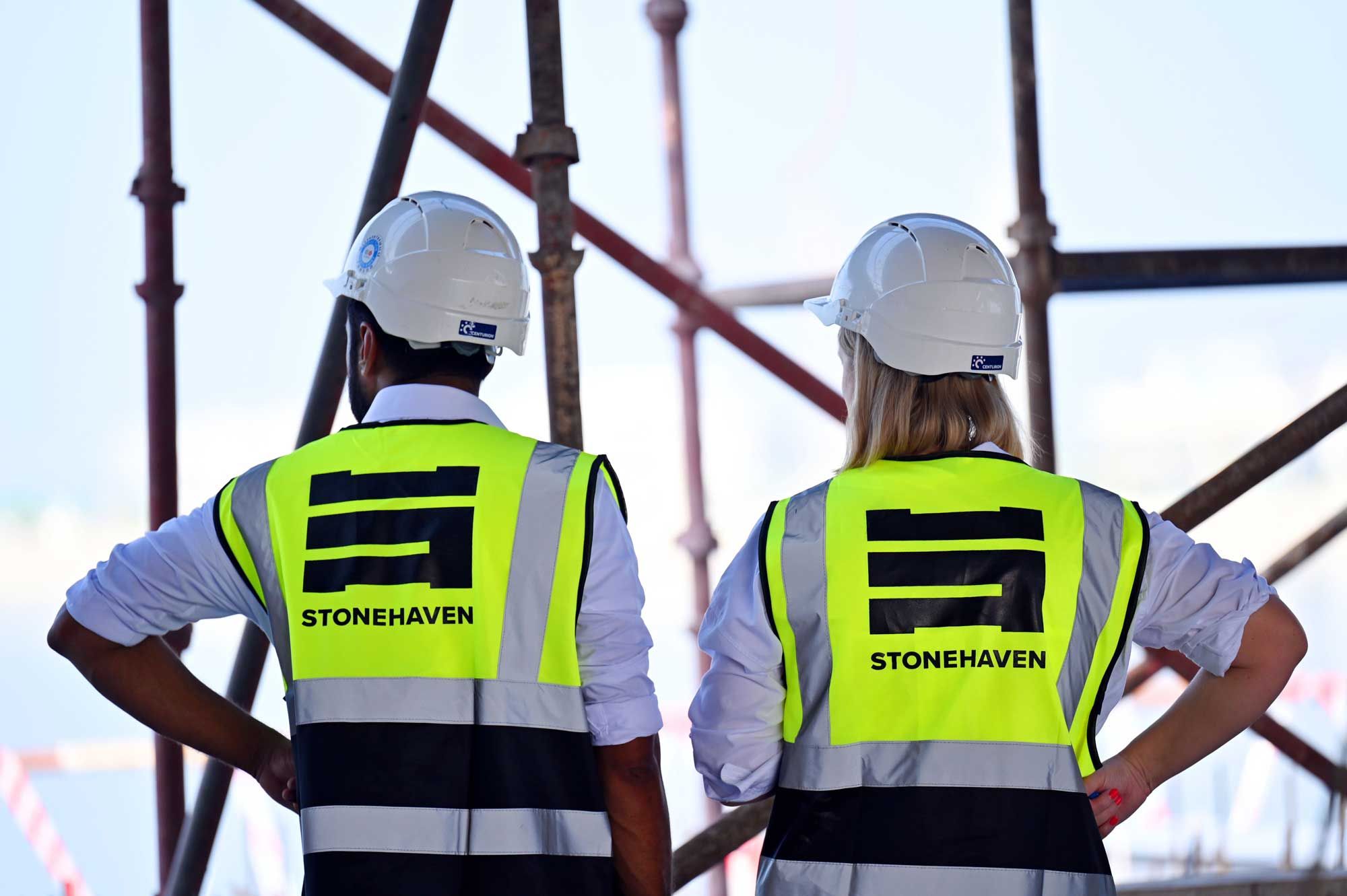In today's construction landscape, Building Information Modeling (BIM) has become more than just a tool, it's a necessity. As the complexity of engineering projects escalates, so too does the margin for error. Enter clash detection: a process that helps engineers and project managers identify spatial conflicts in digital models before they cause real-world problems. But not all clashes are created equal.
In BIM workflows, clashes are typically divided into two main categories: hard clashes and soft clashes. Understanding the difference between these two can mean the difference between a seamless project delivery and a budget-bleeding catastrophe.
Whether you're a software engineer creating BIM tools, a civil engineer laying out foundations, or an MEP coordinator juggling HVAC, plumbing, and electrical runs, understanding the nuances of clash detection is essential. In this article, we break down what each clash type means, why they matter, how to detect them, and the software tools that make the process smarter and more intuitive.
What Are the Different Types of Clash Detection?
Clash detection is the process of identifying conflicts in a digital 3D model, typically within a Building Information Modeling (BIM) environment. As engineering and construction projects grow in complexity, this process has become crucial in ensuring that all design elements, from structural beams to electrical conduits, fit together seamlessly. It plays a pivotal role in the Architecture, Engineering, and Construction (AEC) industry, helping identify potential issues long before they appear on-site.
Clash detection, especially when integrated with BIM, can significantly reduce rework in construction projects, by up to 30%. This reduction is achieved by identifying design conflicts early in the planning process, allowing project teams to make adjustments before costly on-site disruptions occur. In fact, each unresolved clash can cost between USD 1,500 and more.
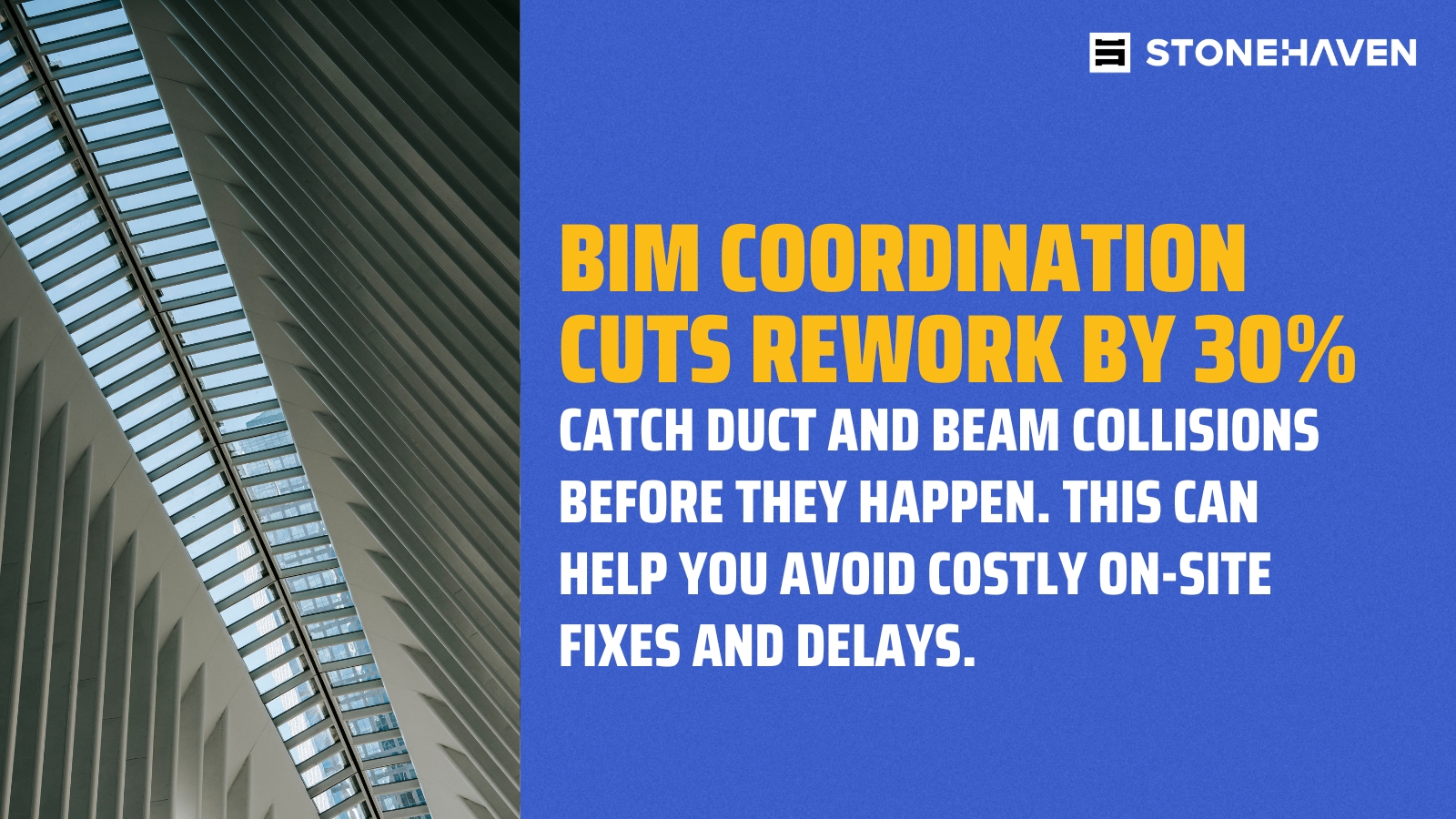
Clashes typically fall into three core categories:
● Hard Clashes: These occur when two or more components physically intersect in the 3D model. For instance, a ventilation duct passing through a load-bearing beam would constitute a hard clash. These are often the most disruptive and must be resolved immediately to avoid structural issues or construction delays. According to industry reports, 35–40% of construction rework stems from coordination issues and clashes, many of which are related to unresolved hard clashes in BIM workflows.
● Soft Clashes: These are spatial issues where components don’t physically touch but violate clearance zones, buffer requirements, or regulatory tolerances. A common example is a pipe placed too close to a ceiling light, restricting future maintenance access or breaching fire safety codes.
● Workflow or 4D Clashes: These relate to construction scheduling and sequencing errors, such as material deliveries clashing with on-site activity or equipment installations occurring out of order.
Advanced clash detection platforms such as Autodesk Navisworks, Solibri, and Revit (with coordination plugins) rely on rules-based engines to flag these issues. Increasingly, AI-powered systems are being adopted to predict high-impact clashes, prioritise severity, and suggest resolution pathways.
Recognising the type of clash, whether hard, soft, or workflow, is essential for assigning the right team, applying the correct fix, and maintaining project momentum. When done right, clash detection shifts engineering from reactive firefighting to proactive collaboration, empowering civil, mechanical, electrical, software, and computer engineers to build smarter and faster with fewer errors.
What is the Difference Between Hard Clash and Soft Clash?
The key distinction between a hard clash and a soft clash lies in the nature of the conflict:
-
A hard clash is a physical overlap of two or more elements in a BIM model. These are binary and easy to identify. Think of a beam intersecting with a staircase, or a wall running through an air duct.
-
A soft clash, on the other hand, breaches a predefined buffer zone. It’s about spatial tolerances, say, a fire sprinkler too close to a ceiling light, creating maintenance or regulatory issues.
Hard clashes are often visible and glaring. They’re the collisions that would halt construction immediately if left unresolved. Soft clashes are subtler, but no less critical. These are often associated with operational efficiency, safety codes, and long-term accessibility.
In construction, failing to detect hard clashes early can lead to structural reworks, costly downtime, and design re-evaluation. Soft clashes, while often ignored, can result in compromised safety standards or maintenance nightmares down the line.
Civil engineers deal with hard clashes involving foundations and structural elements. Electrical and mechanical engineers frequently encounter soft clashes involving access zones or heat clearances. For software engineers and BIM modellers, defining clash rules correctly can automate this detection and improve interdisciplinary collaboration.
Understanding these differences equips project teams to take a layered approach to clash resolution, prioritising hard clash elimination and enforcing spatial standards for soft clash management.
What is an Example of a Hard Clash?

Imagine a scenario on a large infrastructure project where a steel beam from the structural model intersects with an HVAC duct in the mechanical model. This is a textbook example of a hard clash. If undetected, such a conflict would manifest on-site, stopping construction work, triggering redesign, and delaying schedules.
Another example: during the coordination of a hospital project, a concrete shear wall cuts through a plumbing riser. This wouldn’t just be a design problem; it would create real logistical issues for installation crews and require costly change orders if discovered too late.
Tools like Autodesk Navisworks allow engineers to automatically detect these hard clashes by integrating architectural, structural, and MEP models. Clash severity can then be ranked, reviewed in coordination meetings, and assigned to relevant teams.
Mechanical and civil engineers, in particular, are often on the front lines of resolving hard clashes. Without early detection, these problems escalate into real-world disruptions that threaten budgets and timelines. That’s why hard clash detection is considered one of the core functions of any BIM coordination strategy.
What is an Example of a Soft Clash?
Soft clashes are trickier.
Let’s say a maintenance hatch is placed adjacent to a pipe run, but the clearance needed to open that hatch fully is not respected. There’s no overlap, but it’s still a clash. Another common soft clash is when an electrical panel is placed too close to a wall, violating the regulation-mandated service clearance.
A key challenge with soft clashes is that they often go unnoticed during early design phases. Unlike hard clashes, they require rule-based modelling and domain knowledge. What constitutes a "safe distance" or "service buffer" differs across disciplines.
Mechanical engineers might define soft clashes using heat dissipation clearances. Electrical engineers will consider fire safety regulations or panel accessibility. Civil engineers focus on egress paths and code compliance. Meanwhile, software engineers must embed these parameters into clash detection software logic.
For example, a computer engineer scripting BIM logic might set a rule: "flag any equipment with less than 750mm access zone." Once that rule is set, clash detection software like Solibri or Navisworks will pick up any violations automatically.
Neglecting soft clashes often leads to usability issues. A lift door that opens into a stairwell may pass digital checks but will fail safety audits. These issues affect building certifications, operational workflows, and ultimately, user safety.
That’s why seasoned BIM professionals treat soft clashes as seriously as hard ones. Effective project delivery depends on both.
What is the Best Software for Clash Detection?
The "best" software depends on your project's complexity and the engineering disciplines involved. However, a few standout tools dominate the clash detection landscape:
1. Autodesk Navisworks
The industry gold standard. Navisworks is widely used for federated model coordination, supporting clash detection, 4D simulation, and quantity takeoffs. It's popular among mechanical, civil, and electrical engineers for its granular clash rule settings and visual interface.
2. Solibri Office
Known for rule-based clash detection, Solibri is a favourite among architects and BIM managers. It’s especially good at soft clash detection because of its customisable logic sets and advanced reporting features.
3. Revit (with Clash Add-ins)
While Revit isn’t a full clash detection tool, many teams use add-ins like Autodesk BIM 360 or Naviate to integrate clash workflows directly into design.
4. Trimble Connect
Ideal for cloud-based collaboration. It offers solid clash detection for contractors and field teams working on real-time updates.
5. Tekla BIMsight
Popular among structural engineers for steel detailing and fabrication-level clash review.
For software and computer engineers working in BIM environments, understanding the API and scripting capabilities of these platforms is key. Custom automation scripts can streamline clash reports, auto-assign tasks, and prioritise issues based on severity or discipline.
In essence, the best software is the one your team will consistently use, integrates with your workflows, and supports both hard and soft clash rules robustly.
Challenges and Solutions for Clash Detection in Engineering
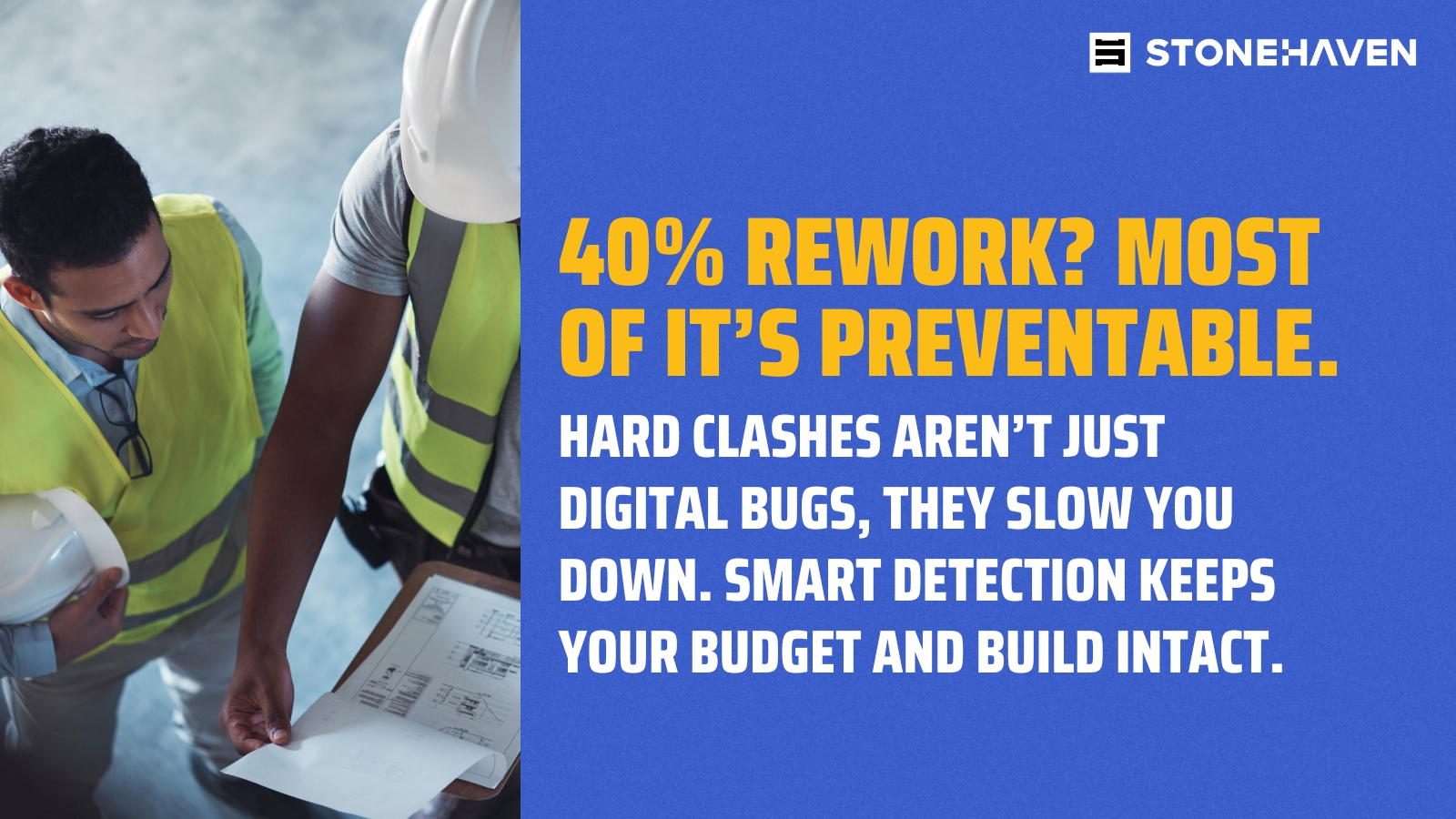
While clash detection is one of the most powerful tools in a BIM workflow, its success is highly dependent on the accuracy of data, collaboration between disciplines, and how the results are managed. As engineering teams scale up projects in 2025, several recurring challenges threaten to undercut the full value of clash detection. Fortunately, each of these has a proven solution.
Challenge 1: Model Inaccuracy
One of the most persistent issues in clash detection arises from inaccurate or incomplete 3D models. If, for instance, a structural wall is modelled 100mm off its actual position by the civil team, the clash detection process can produce misleading or missed results, creating a ripple effect in coordination.
Solution: Enforce rigorous BIM Level 2 or Level 3 compliance across all disciplines. Mandate regular model audits, standardise file-naming protocols, and use version control systems to avoid errors and duplication.
Challenge 2: Communication Gaps Between Teams
Discipline-specific silos are a known problem in multi-trade projects. MEP engineers might update their models without informing structural engineers, resulting in misaligned data.
Solution: Adopt Common Data Environments (CDEs) such as BIM 360, Aconex, or Trimble Connect. Weekly cross-discipline coordination meetings and live model syncs ensure everyone works from the latest data set. Integrated clash-tracking dashboards also enhance transparency.
Challenge 3: Clash Fatigue
Large projects can generate tens of thousands of clashes. Teams, overwhelmed by the volume, may deprioritise important ones, especially soft clashes that appear less urgent.
Solution: Use AI-enabled tools that rank clashes by severity, type, and impact zone. Platforms like Navisworks and Solibri now support automated filters to surface the highest-risk issues first, helping teams focus their energy.
Challenge 4: Lack of BIM Training Across Engineering Roles
Not all engineers, particularly those in traditional civil or mechanical disciplines, are fluent in BIM software or understand clash rules.
Solution: Provide cross-disciplinary training sessions on rule-based logic, spatial buffers, and BIM coordination. Encourage collaboration between BIM managers and engineers to ensure knowledge is shared.
Challenge 5: Deprioritising Soft Clashes
Soft clashes, such as access violations or safety clearances, are often ignored until late-stage audits—or worse, after handover.
Solution: Establish clear soft clash rules in your BIM execution plan and make them non-negotiable. Bake these into every coordination cycle so soft clashes are treated with the same urgency as hard ones.
Conclusion
Clash detection is no longer a niche responsibility of the BIM team, it's a cross-disciplinary imperative. From hard clashes that halt construction to soft clashes that quietly violate safety codes, the cost of ignorance is steep. Engineers of all disciplines, from civil and mechanical to software and electrical, must internalise the language and logic of clash detection.
Understanding the difference between hard and soft clashes isn’t just a technical detail. It’s about risk mitigation, project accountability, and smarter delivery. As the construction industry moves toward digital twins and real-time modelling, clash detection will only grow in importance.
Fortunately, the tools are here. Navisworks, Solibri, Revit integrations, and more provide the firepower. What’s needed now is cultural change, an industry-wide embrace of early coordination, model fidelity, and proactive clash resolution.
If you’re still treating clash detection as a one-time checkbox, it’s time to rethink your process. Because in 2025 and beyond, clash-free construction isn’t a luxury, it’s the standard.
About Us
At Stonehaven, we help engineering teams build smarter, safer, and with fewer surprises. We specialise in BIM coordination and clash detection workflows designed specifically for engineering-led construction projects across the Middle East.
Our approach goes beyond surface-level project management. Whether you’re delivering a high-rise in Dubai or an infrastructure corridor in Abu Dhabi, we bring precise, engineering-driven BIM strategies to the table. Our team draws from a blend of civil, mechanical, electrical, and software engineering expertise, giving us an inside view of how real-world coordination plays out on the ground, not just in the model.
For clients newer to BIM, we simplify the complexity of rules-based clash detection and help engineers adopt smarter coordination habits early on. And for large-scale, time-sensitive projects, our agile team ensures your BIM execution remains aligned with international best practices while meeting regional delivery expectations.
In a construction landscape where delays and rework can cost millions, our mission is to eliminate surprises before they hit the site.






